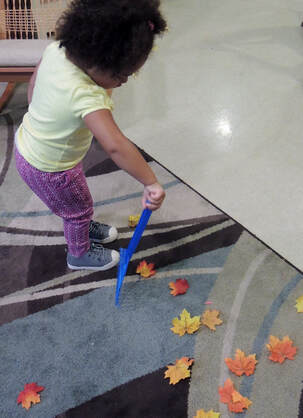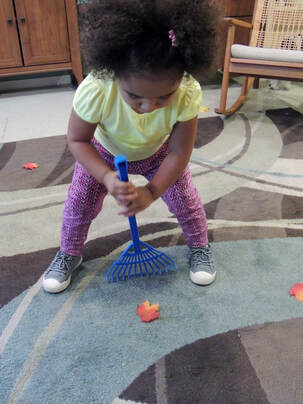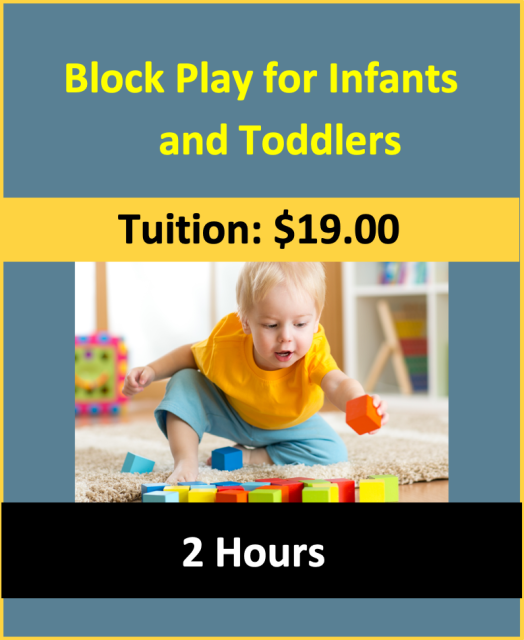Raking Leaves Pretend Play
Lesson Plan:
|
Activity:
Raking Leaves Pretend Play
Lesson plan developed by Ms. Erika Geelhoed, BA Ed
Age Group:
* Lesson plan objective and assessment can be adapted to use this activity with preschoolers.
Objectives:
Children will:
II.7.3a
|
|
Procedure:
Assessment:
|
Note: Please provide appropriate supervision to the children in your care when completing all activities. You will need to decide what types of activities are safe for the children in your care. Appropriate and reasonable caution should be used when providing art and sensory experiences for children. Toddlers require special caution, only use non-toxic materials, and do not allow toddlers to put things in their mouths that are a choking hazard.
Click on the course icon for enrollment information.
Sign Language for Babies and Toddlers
|
Babies begin to mimic what they see from a very early age, often cooing as part of an exchange with a caregiver long before they are able to communicate linguistically. This is why babies typically begin signing back earlier than they begin speaking. When introducing sign language to babies, it is important to sign and speak with them at the same time. For example, when signing “more” to an infant who may want more food, it is advisable to say, “Do you want more?” While signing the word more.
For older infants, who have not had previous sign language exposure, it is fine to start with the recommended signs for the younger age range. Chances are that they will be able to pick up the signs quickly and continue learning new ones as they are introduced. As long as the signs are taught in context and are signed often, the child will benefit from them. Toddler signs become more specific to their feelings and important components of their daily lives. Toddlers are at an age where they are becoming aware of themselves, their feelings, needs, and the labels or names associated with their world. This is why signs such as happy, Aunt, friend, and bathroom are commonly taught to this age group. Video: Recommended Signs for Babies and Toddlers |









